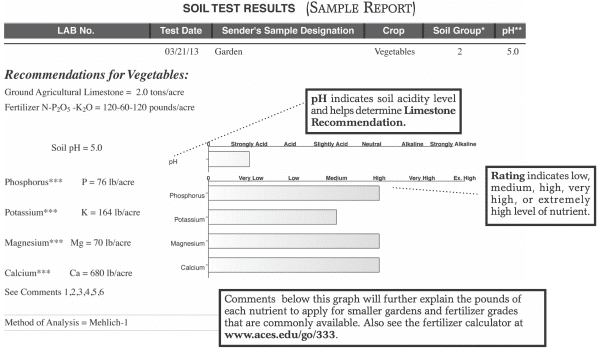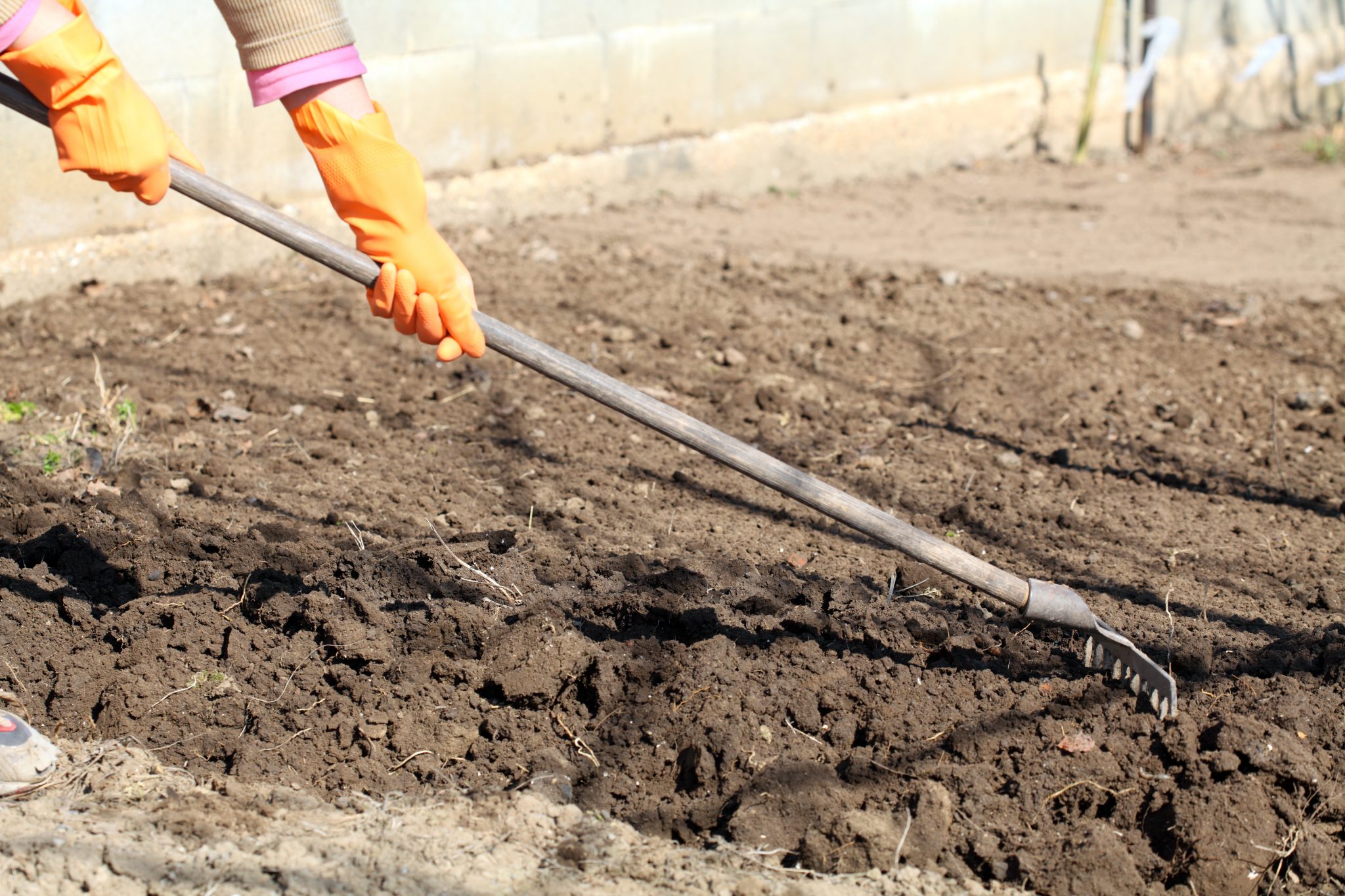Lawn & Garden

*This is an excerpt from The Alabama Vegetable Gardener, ANR-0479.
Most people associate wood ashes with the popular term for potassium fertilizers—potash. Vast areas of forests in the eastern United States were once burned to produce potash for shipment to Europe. This was used as the main source of lye for making soap and as a fertilizer. Wood ashes contain from 1 to 10 percent potash or K2O (0.8 to 8 percent K). However, the high lime value of ashes is often ignored. Gardeners who use wood ashes can create a high soil pH problem very quickly.
When wood or leaves are burned, some plant nutrients such as nitrogen and sulfur are emitted into the air. The alkali and alkaline earth metals—potassium, calcium, magnesium, and sodium—remain in the ash as carbonates, oxides, and hydroxides. These compounds are all alkaline and may react very rapidly to raise the soil pH. These by-products of burning wood could raise the soil pH above 9.0, creating serious problems for most crops. Agricultural lime, however, reacts slowly in the soil and can never raise the soil pH above 8.3.
How to Use Wood Ashes Around the Home
As a Liming Material. Use only on acid soils (below pH 6.0), which need lime. Have the soil tested and spread dry wood ashes at the same rate as recommended for agricultural lime.
Although wood ashes usually have a lower percentage of lime (calcium carbonate equivalent—see table), the alkaline compounds present are more reactive than agricultural lime. Therefore, pound for pound, the two are about equal in raising soil pH.
As a Source of Potassium. If the soil is acid (below pH 6.0), wood ashes can be used as a source of potassium. Assuming there is 6 percent K2O in ashes, 1 ton/A. (50 lb./1000 sq. ft.) will provide 120 lb./A. of K2O (2.8 lb./1000 sq. ft.). This is adequate for most gardens, lawns, and shrubs. However, nitrogen and phosphate fertilizers may still be needed. Continued use of ashes on the same site or at high rates could raise the soil pH too high—particularly in sandy soils.
1 ton agricultural lime per acre = 50 lb. per 1,000 sq. ft. =
50 lb. wood ashes per 1,000 sq. ft. =
5 lb. wood ashes per 100 sq. ft.
1 gallon dry ashes = approximately 3 lb.
Lime and Nutrient Value of Some Wood Ash Samples from Homes in Alabama
| Source | Lime Value (CaCO3—equivalent) | P2O5 percent | K2O | Ca | Mg |
|---|---|---|---|---|---|
| Mixed ashes | 71 | 1.5 | 1.3 | 17 | 0.9 |
| Mixed hardwood ashes | 77 | 1.5 | 9.1 | 20 | 2.4 |
| Oak ashes | 89 | 1.0 | 3.6 | 28 | 0.7 |
| Ashes exposed to rain (some leaching) | 57 | 2.9 | 1.7 | 17 | 0.8 |

For more information, see other excerpts from The Alabama Vegetable Gardener, ANR-0479.
Kerry Smith, Extension Home Horticulture Associate; Ayanava Majumdar, Extension Entomologist; Charles Mitchell, Extension Agronomist, Professor, Agronomy and Soils; John Everest, Visiting Professor, Agronomy and Soils; Edward Sikora, Extension Plant Pathologist, Professor, Entomology and Plant Pathology; Joseph Kemble, Extension Specialist, Professor, Horticulture; all with Auburn University; and Rufina Ward, Research Entomologist, Natural Resources and Environmental Sciences, Alabama A&M University.
Reviewed October 2021, The Alabama Vegetable Gardener, ANR-0479

